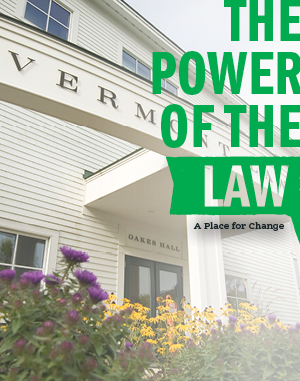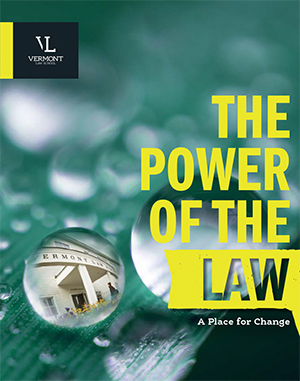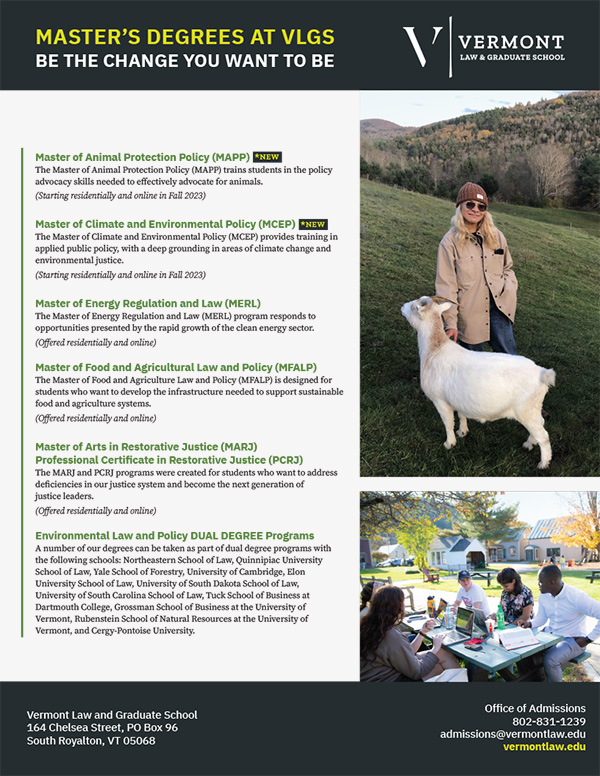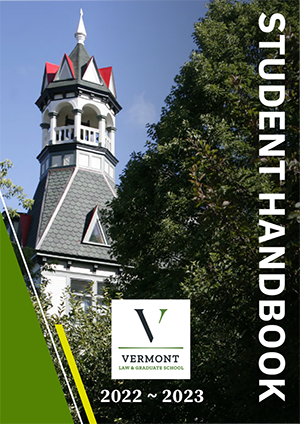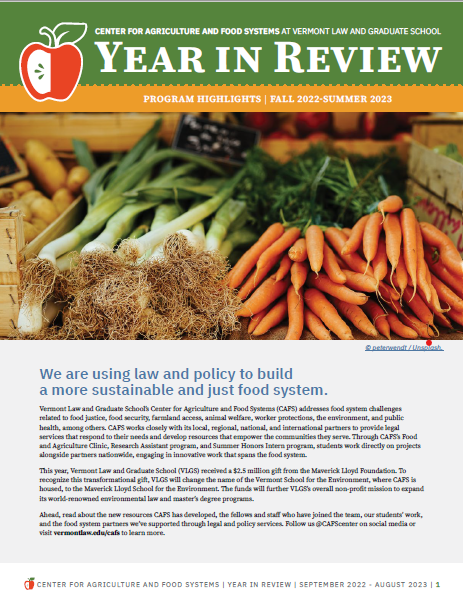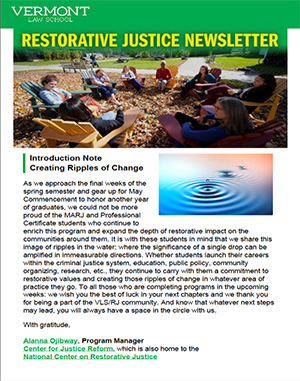On-Farm Biodiesel Production in Vermont
Project Team: Carla Santos (Project Leader), Diana Chace, Christopher Cavaiola, Jeannie Oliver, and Jeremy Walker
The Vermont Bioenergy Initiative at the Vermont Sustainable Jobs Fund commissioned a new IEE report, "On-Farm Biodiesel Production in Vermont: Legal and Regulatory Overview," The IEE report reviews all Vermont state and federal regulations related to on-farm biodiesel production and aims to inform farmers about the potential laws and regulations surrounding on-farm biodiesel production.
"As statewide partners begin to find new ways to achieve the goals of Vermont's Comprehensive Energy Plan, which identified biodiesel as a fuel that will help Vermont meet the 10-percent renewable transportation goal for 2025, the On-Farm Biodiesel Production in Vermont report provides a timely review of the regulations that pertain to homegrown biodiesel production," said Ellen Kahler, executive director of the Vermont Sustainable Jobs Fund.
According to the report's findings, "while several of the federal regulations are only triggered by high levels of production, there are a number of state laws and regulations that may be triggered by small-scale biodiesel production, such as state air emission provisions that establish lower thresholds when compared to the federal Clean Air Act (CAA). In addition, it is critical to understand the role biodiesel production plays in the definition of 'farm' and 'farming activities' for the purpose of states laws, such as Act 250 and the Current Use Program."
IEE Global Energy Fellow Carla Santos coordinated the legal review with contributions from fellow IEE researchers Diana Chace, Christopher Cavaiola, Jeannie Oliver, and Jeremy Walker. The report is broken into five chapters that review tax legislation, site regulations, occupational safety and health, registration, and environmental legislation.
"Our institute's research should help Vermont farmers understand the regulatory hurdles to producing biodiesel on the farm and help them convert a locally grown resource into economic and environmental benefits for Vermont," said VLS Professor Kevin B. Jones, deputy director of the Institute for Energy and the Environment.
IEE researchers applied the legal review to three potential scenarios in the report, concluding with a convenient and accessible list of "do's and don'ts" for farmers to use as a legal checklist as they move forward with producing biofuel in on-farm operations.
The complete On-Farm Biodiesel Production in Vermont: Legal and Regulatory Overviewreport is available on the Vermont Bioenergy Initiative website along with a variety of additional biofuel relevant reports and resources.
Woody Biomass
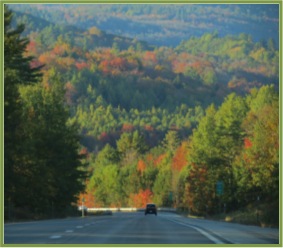
Project Team: Carla Santos (Project Leader), Alisha Falberg, Arnell Limberry, Breanne Vander Naald, Heather Calderwood, Lee Warren, Ashely Geary, and Sandy El Hage.
Developed in collaboration with the Vermont Agency of Natural Resources and the Vermont Department of Public Service, the Woody Biomass Project evaluated the need for additional state and regional policies and standards to promote a sustainable structure for woody biomass in Vermont. The team published the report, "The Woody Biomass: A path toward a sustainable use of Vermont's forests"
Through extensive legal research and a review of existing literature, the Team proposed recommendations which address forestry concerns related to an increase use of wood for energy purposes. To provide Vermont with a framework that promotes a sustainable market structure, the Team's report addressed the following questions:
- What would a sustainable biomass market structure look like?
- Does Vermont have sufficient legal, regulatory, and monitoring tools to evaluate and respond to the cumulative impacts of the pressures on our forests from increased combustion of woody biomass?
- Where are the gaps in Vermont law and policy in regards to developing a workable market structure?
- What wood procurement standards would be necessary to ensure that the continued use of woody biomass for thermal and electric energy use will be sustainable?
- Do we need a regional agreement regarding common standards? If so, what regional mechanisms or agreements would need to be in place to support a sustainable market in Vermont?
Useful studies and links:
- Manomet Center for Conservation, "Biomass Sustainability and Carbon Policy Study", available at https://www.manomet.org/publications-tools/sustainable-economies/biomass-sustainability-and-carbon-policy-study-full-report.
- U.S. Environmental Protection Agency, "Accounting Framework for Biogenic CO2 Emissions from Stationary Sources," available at http://www.epa.gov/climatechange/Downloads/ghgemissions/Biogenic-CO2-Accounting-Framework-Report-Sept-2011.pdf.
- Jody M. Endres, "Barking the wrong tree? Forest Sustainability in the wake of emerging bioenergy policies", in Vermont Law Review Vol. 37 Number 3, Spring 2013, available at Vermont Law School library.
- Forest Guild and Pinchot Institute for Conservation, "A guide for forest biomass harvest and retention," available at http://www.forestbiomassguidelines.org/gallery.cfm?vid=E_-ecbmpBao&p=3






